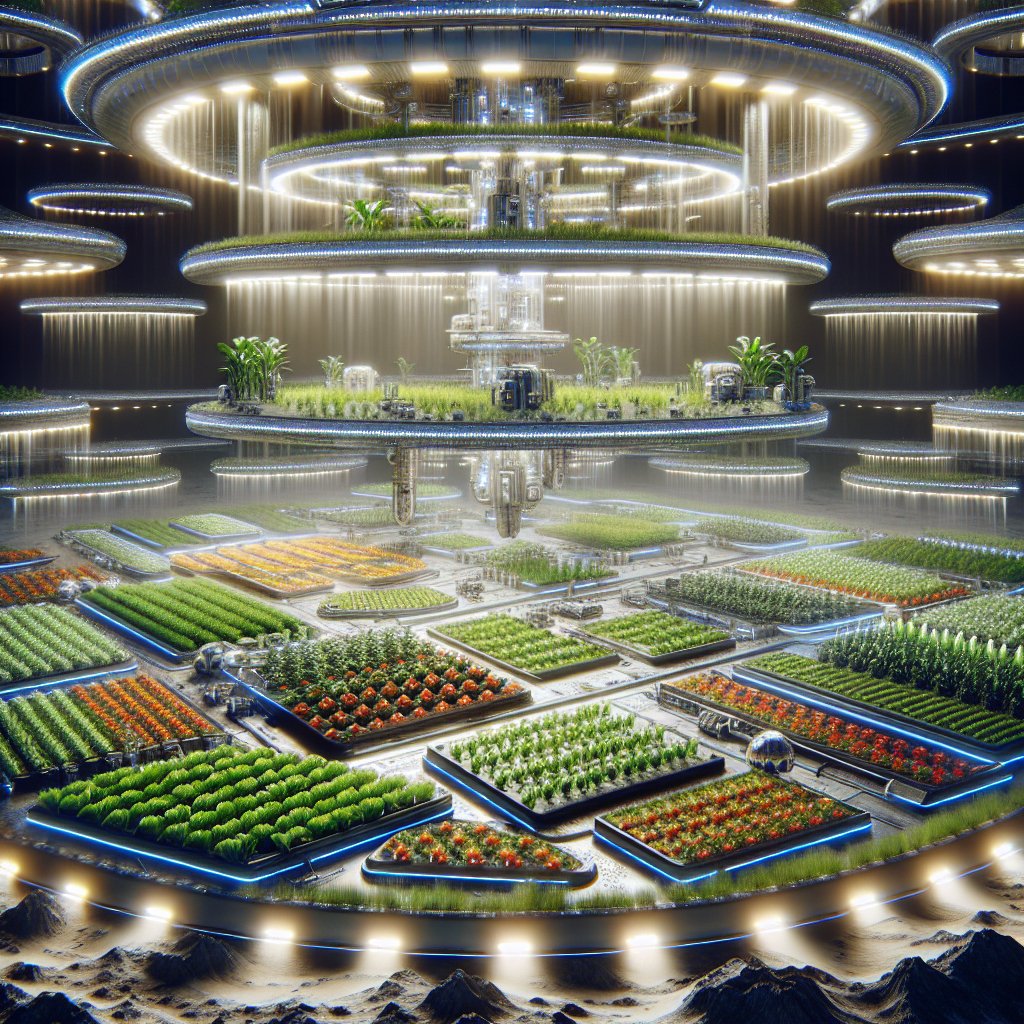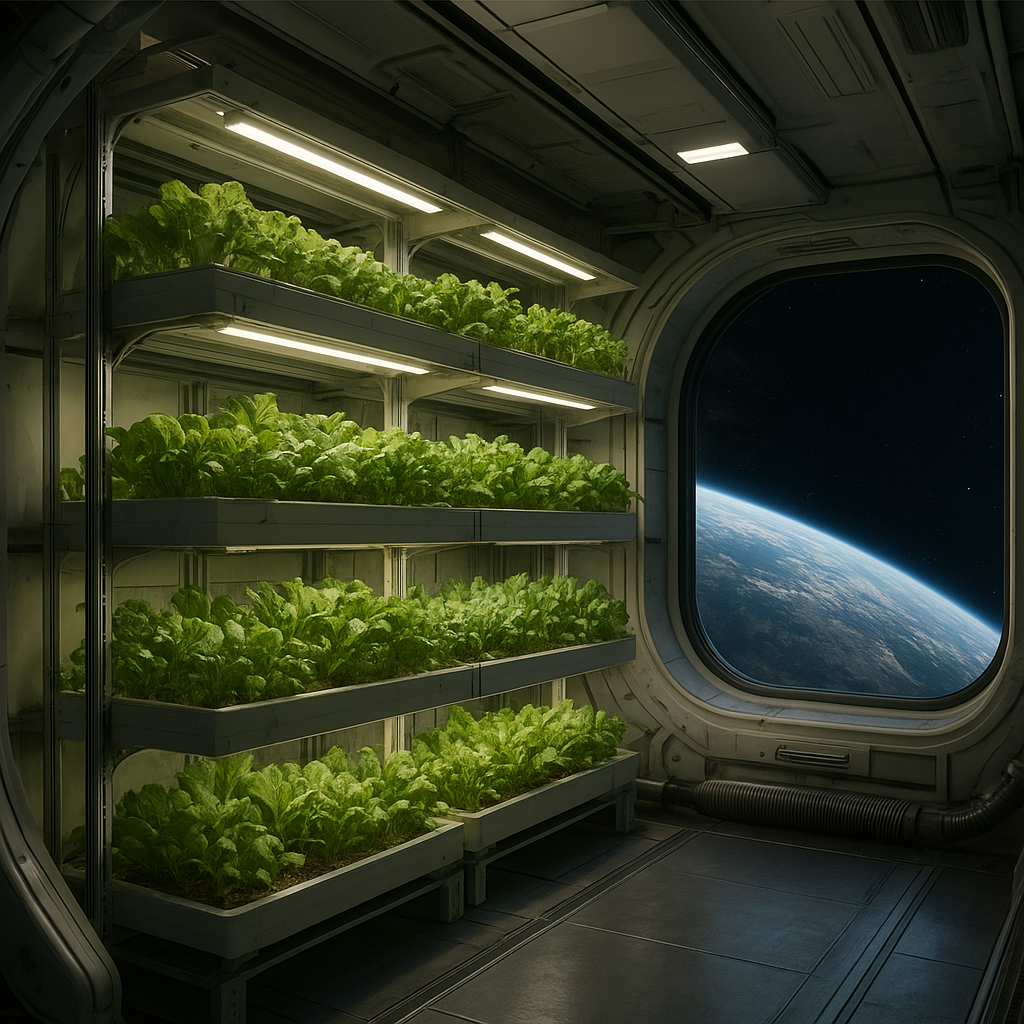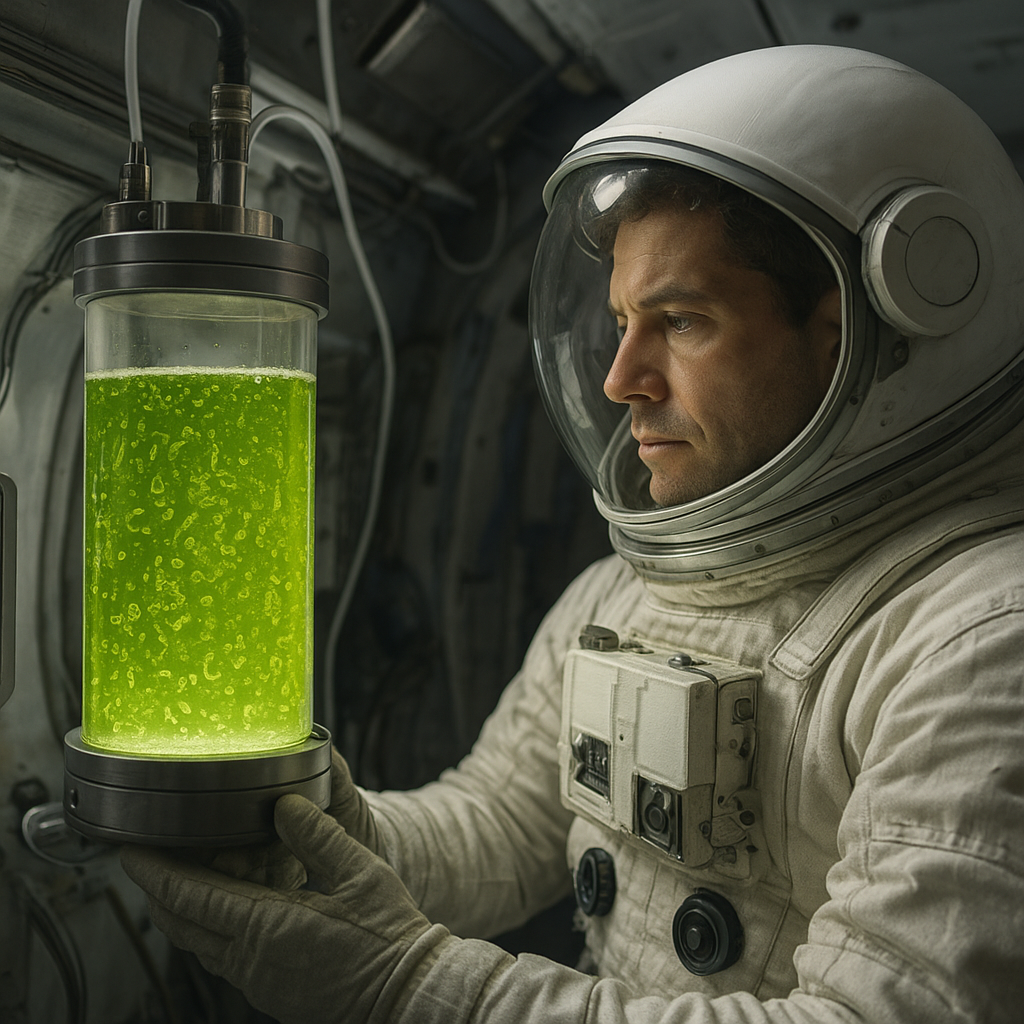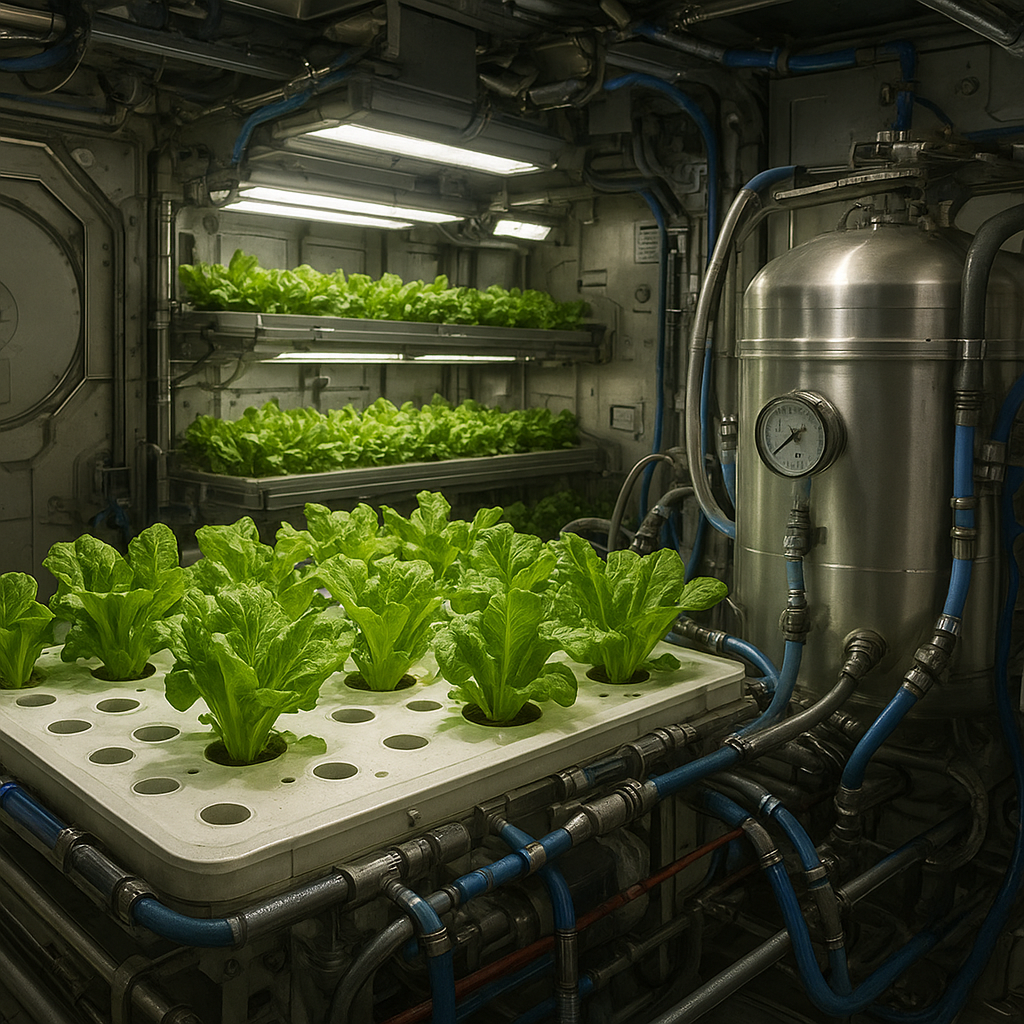The future of farming beyond Earth presents a fascinating intersection of agriculture and space exploration, where the challenges of cultivating food in extraterrestrial environments could redefine our understanding of sustainability and resource management. As humanity sets its sights on Mars and beyond, the need for efficient and innovative agricultural practices becomes paramount. This article delves into the potential methods, technologies, and implications of farming in space, exploring how these advancements could not only support life on other planets but also revolutionize agriculture on Earth.
Chapter 1: The Challenges of Space Agriculture
Farming in space is fraught with challenges that differ significantly from those encountered on Earth. The primary obstacles include the lack of atmosphere, extreme temperatures, and limited access to water and nutrients. Understanding these challenges is crucial for developing viable agricultural systems that can sustain human life on other planets.
1.1 The Martian Environment
Mars, often considered the most viable candidate for human colonization, presents unique agricultural challenges. The thin atmosphere, composed mostly of carbon dioxide, offers little protection from harmful radiation. Additionally, temperatures can plummet to minus 80 degrees Fahrenheit at night, making it difficult for crops to survive without significant technological intervention.
- Radiation Exposure: The lack of a magnetic field on Mars means that crops would be exposed to higher levels of cosmic radiation, which can damage plant DNA and hinder growth.
- Soil Composition: Martian soil, or regolith, contains perchlorates, which are toxic to plants. Developing methods to either detoxify the soil or grow plants in alternative mediums is essential.
- Water Scarcity: Water is a precious resource on Mars, and while there are signs of ice, extracting and purifying it for agricultural use poses significant challenges.
1.2 The Lunar Landscape
The Moon, while lacking the atmosphere and water resources of Mars, offers its own set of challenges and opportunities for agriculture. The lunar regolith is abrasive and contains high levels of radiation, but its proximity to Earth makes it an attractive option for initial agricultural experiments.
- Microgravity Effects: The Moon’s lower gravity could affect plant growth and nutrient uptake, necessitating research into how crops respond to these conditions.
- Resource Utilization: Utilizing in-situ resources, such as lunar regolith for growing media, could reduce the need for transporting materials from Earth.
- Temperature Extremes: The Moon experiences drastic temperature fluctuations, which would require innovative solutions for maintaining stable growing conditions.
Chapter 2: Innovative Solutions for Space Farming
To overcome the challenges of farming in space, researchers and scientists are exploring a variety of innovative solutions. These advancements not only aim to support extraterrestrial agriculture but also have the potential to enhance agricultural practices on Earth.
2.1 Hydroponics and Aeroponics
Hydroponics and aeroponics are soil-less farming techniques that could be particularly beneficial in space environments. These methods allow for precise control over nutrient delivery and water usage, making them ideal for the resource-limited conditions of Mars and the Moon.
- Hydroponics: This method involves growing plants in nutrient-rich water solutions. It can significantly reduce water usage compared to traditional farming methods, making it suitable for arid environments.
- Aeroponics: In this technique, plants are suspended in air and misted with nutrient solutions. Aeroponics uses even less water than hydroponics and can promote faster growth rates.
2.2 Controlled Environment Agriculture (CEA)
Controlled Environment Agriculture (CEA) involves creating optimal growing conditions for plants through the use of technology. This approach can be particularly useful in space, where environmental factors are unpredictable.
- LED Lighting: Utilizing energy-efficient LED lights can simulate sunlight and promote photosynthesis, allowing crops to grow in the absence of natural light.
- Climate Control Systems: Advanced climate control systems can regulate temperature, humidity, and CO2 levels, creating a stable environment for plant growth.
- Automated Systems: Automation can help manage the complexities of space farming, from planting to harvesting, reducing the need for human intervention.
2.3 Genetic Engineering and Crop Selection
Genetic engineering offers the potential to develop crops that are better suited for the harsh conditions of space. By enhancing traits such as drought resistance, nutrient efficiency, and growth rate, scientists can create plants that thrive in extraterrestrial environments.
- CRISPR Technology: This gene-editing tool allows for precise modifications to plant DNA, enabling the development of crops that can withstand radiation and extreme temperatures.
- Crop Selection: Choosing hardy, fast-growing crops such as lettuce, radishes, and certain legumes can provide quick yields and essential nutrients for astronauts.
Chapter 3: Implications for Earth Agriculture
The advancements made in space agriculture could have profound implications for farming practices on Earth. As the global population continues to grow, the need for sustainable and efficient agricultural methods becomes increasingly urgent.
3.1 Resource Efficiency
Techniques developed for space farming, such as hydroponics and aeroponics, can be applied to Earth-based agriculture to improve resource efficiency. These methods use significantly less water and land compared to traditional farming, making them ideal for regions facing water scarcity and land degradation.
- Urban Agriculture: The rise of urban farming initiatives can benefit from space-age technologies, allowing cities to produce food locally and reduce their carbon footprint.
- Vertical Farming: Utilizing vertical farming techniques can maximize space usage in urban areas, providing fresh produce while minimizing land use.
3.2 Climate Resilience
As climate change continues to impact agricultural productivity, the innovations developed for space farming can help create more resilient food systems on Earth. By utilizing controlled environment agriculture, farmers can mitigate the effects of extreme weather events and ensure consistent crop yields.
- Adaptation Strategies: Implementing CEA techniques can help farmers adapt to changing climate conditions, ensuring food security in the face of uncertainty.
- Research and Development: Continued investment in agricultural research can lead to breakthroughs that benefit both space and Earth farming, fostering a more sustainable future.
Conclusion
The future of farming beyond Earth is not just a speculative endeavor; it represents a critical frontier in our quest for sustainability and food security. As we explore the possibilities of agriculture in space, we also unlock new potential for improving farming practices on our home planet. The challenges of cultivating food in extraterrestrial environments drive innovation and creativity, paving the way for a more resilient and efficient agricultural system that can benefit all of humanity. By embracing the lessons learned from space agriculture, we can work towards a future where food production is sustainable, efficient, and capable of supporting life both on Earth and beyond.




